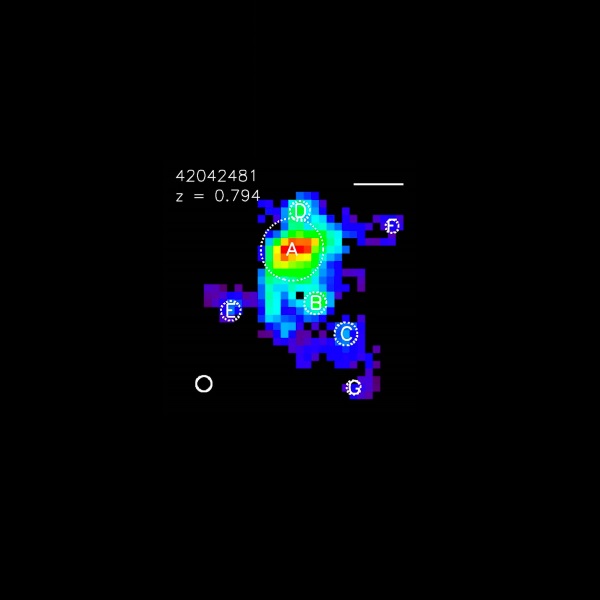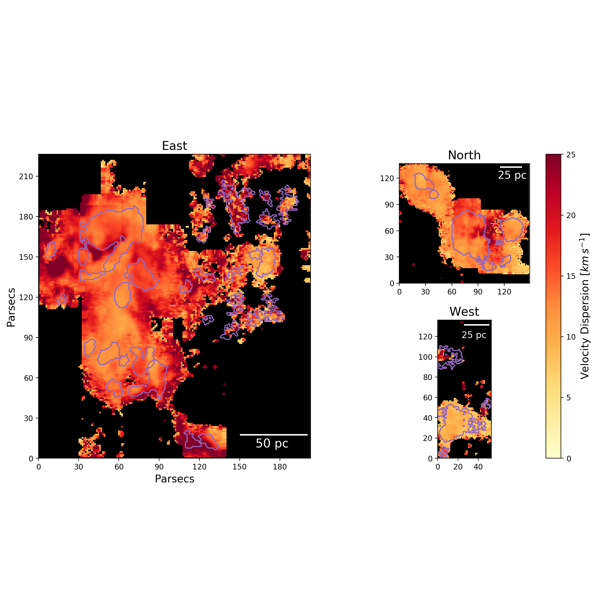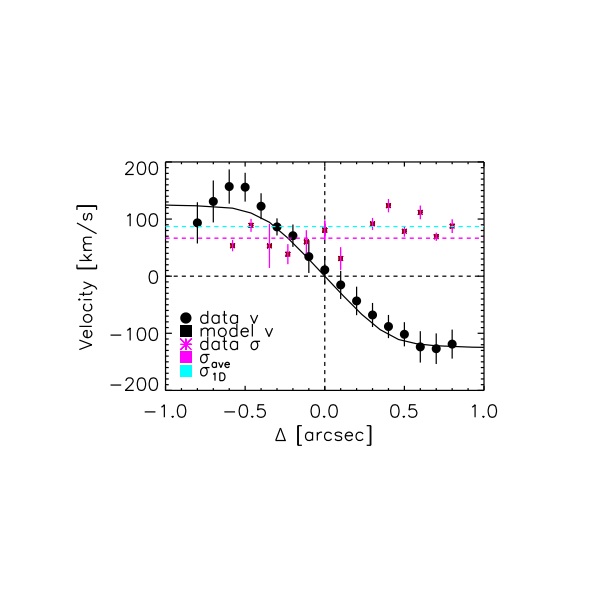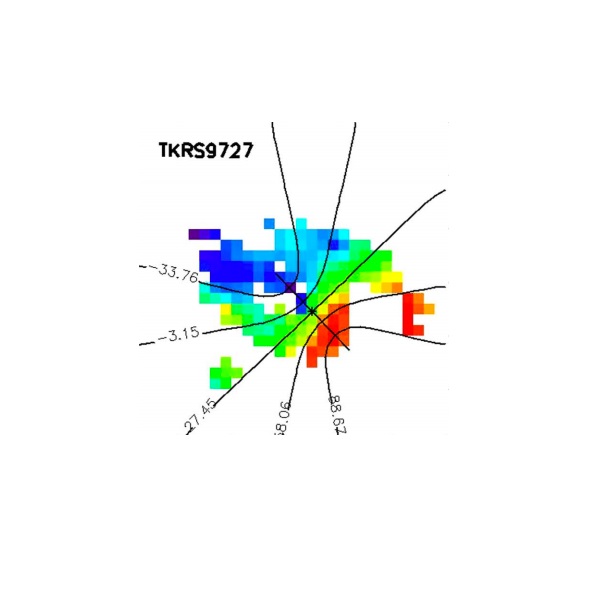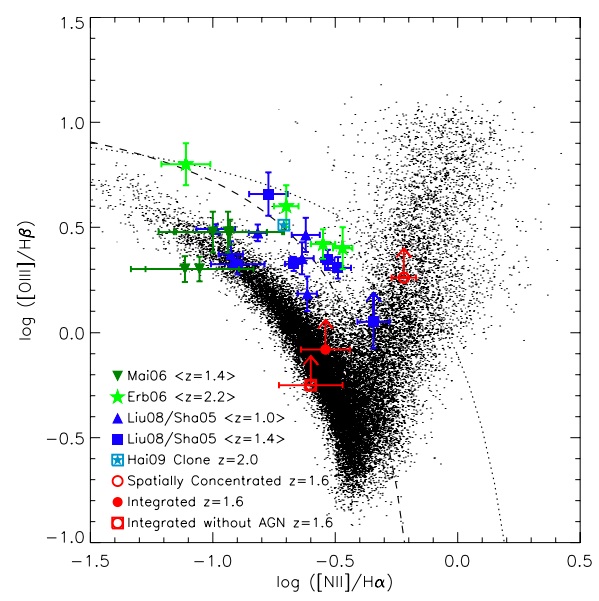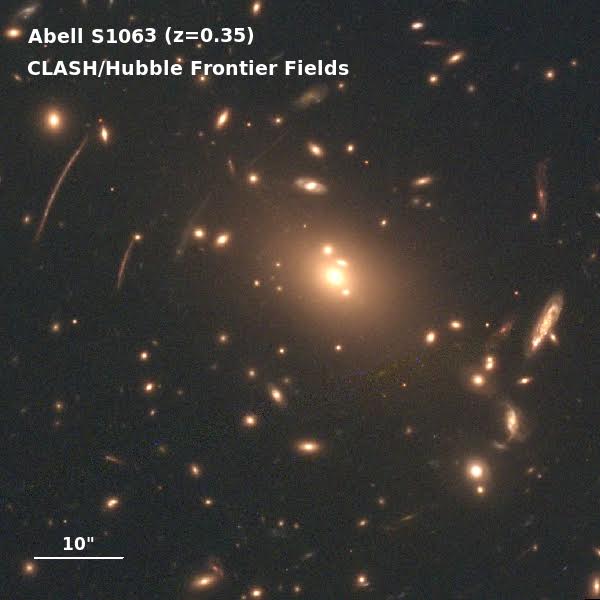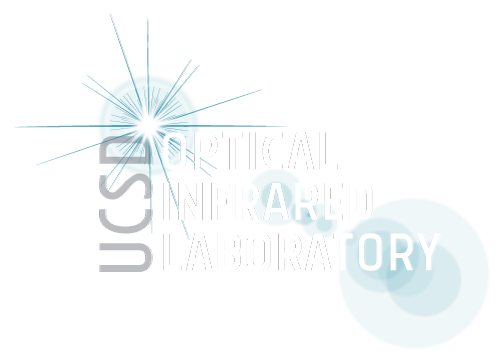Galaxies
Our group is interested in how galaxies form and evolve from the distant past to the present day. Our research focuses on a range of galactic formation and evolution questions by using innovative observational techniques with a range of multi-wavelength ground-based and space-based telescopes. Our team has a particular focus on using optical and infrared integral field spectrographs (IFS), and using resolved techniques like adaptive optics (AO).
Distant Galaxies
Distant galaxies exist in much different environments than what we observe today. Star formation occurs in massive "clumps" at a mich higher rate than in the present-day. AO and IFS allows us to resolve these clumps and study their formation mechanisms and evolution.
Proto-clusters are the progenitors of the massive clusters we see in the local universe, during their process of formation. Since these are distant, they are quite difficult to identify and study without significant spectroscopic confirmation and multi-wavelength data. These environments are excellent laboratories to study the evolution of clusters and can help us understand how galaxies can sustain star formation over cosmic timescales, locate "missing" baryons in galaxies and explain the impact of mergers on galaxy evolution.
Local Galaxies
Star formation plays a key role in regulating the growth and evolution of galaxies through processes known as feedback. The improved resolution that is made possible by studying local galaxies with optical IFS's allows us to observe the most compact HII regions, the sites of recent massive star formation. This opens a window to the photometric and kinematic states of the ionized gas and how star formation impacts the surrounding galaxy.
Major galaxies research programs:
Local HII regions
Protocluster environments
IROCK (Intermediate Redshift OSIRIS Chemo-Kinematic) survey
Gravitationally-lensed high-redshift galaxies
Distant galaxy capabilities with IRIS and Thirty Meter Telescope
OSIRIS z~1.5 star forming galaxies survey, 2007-2010.
